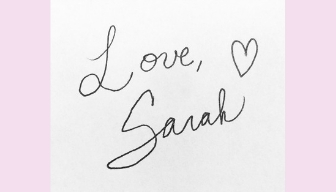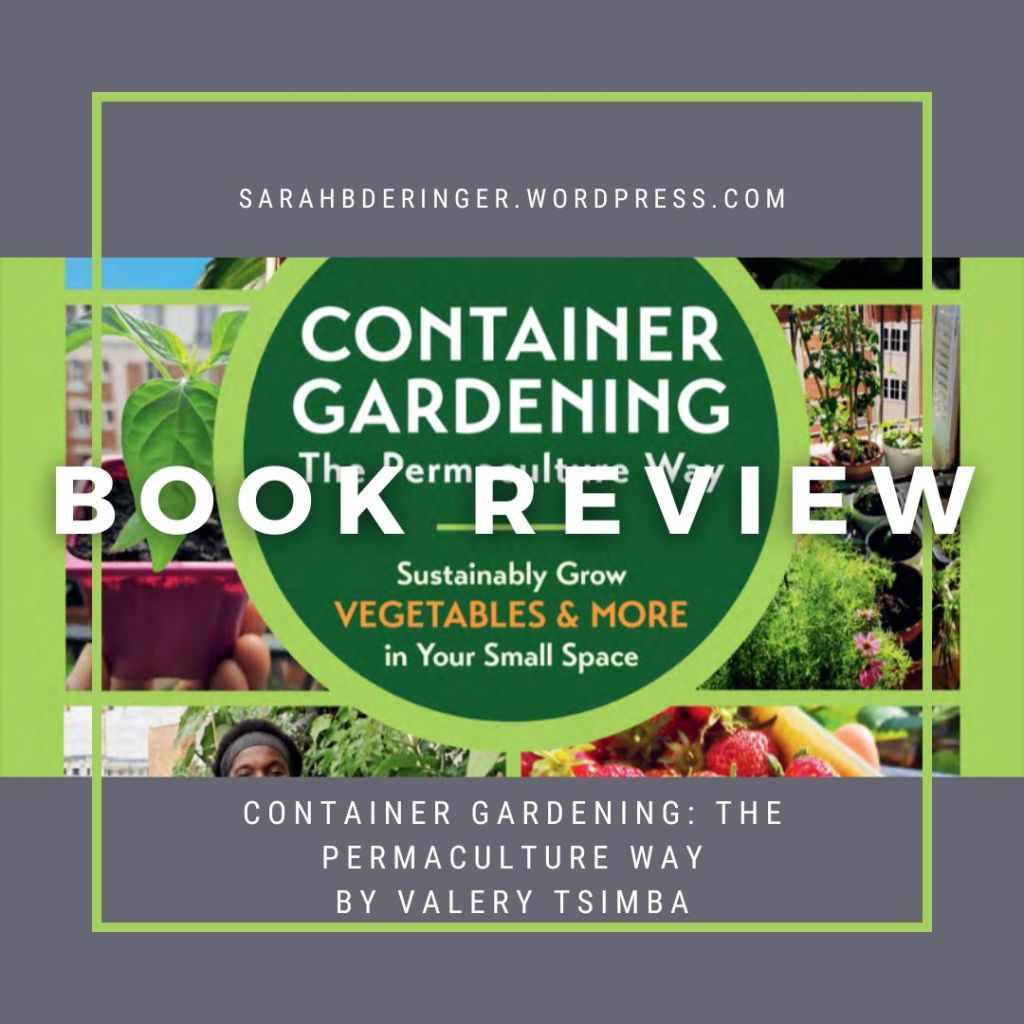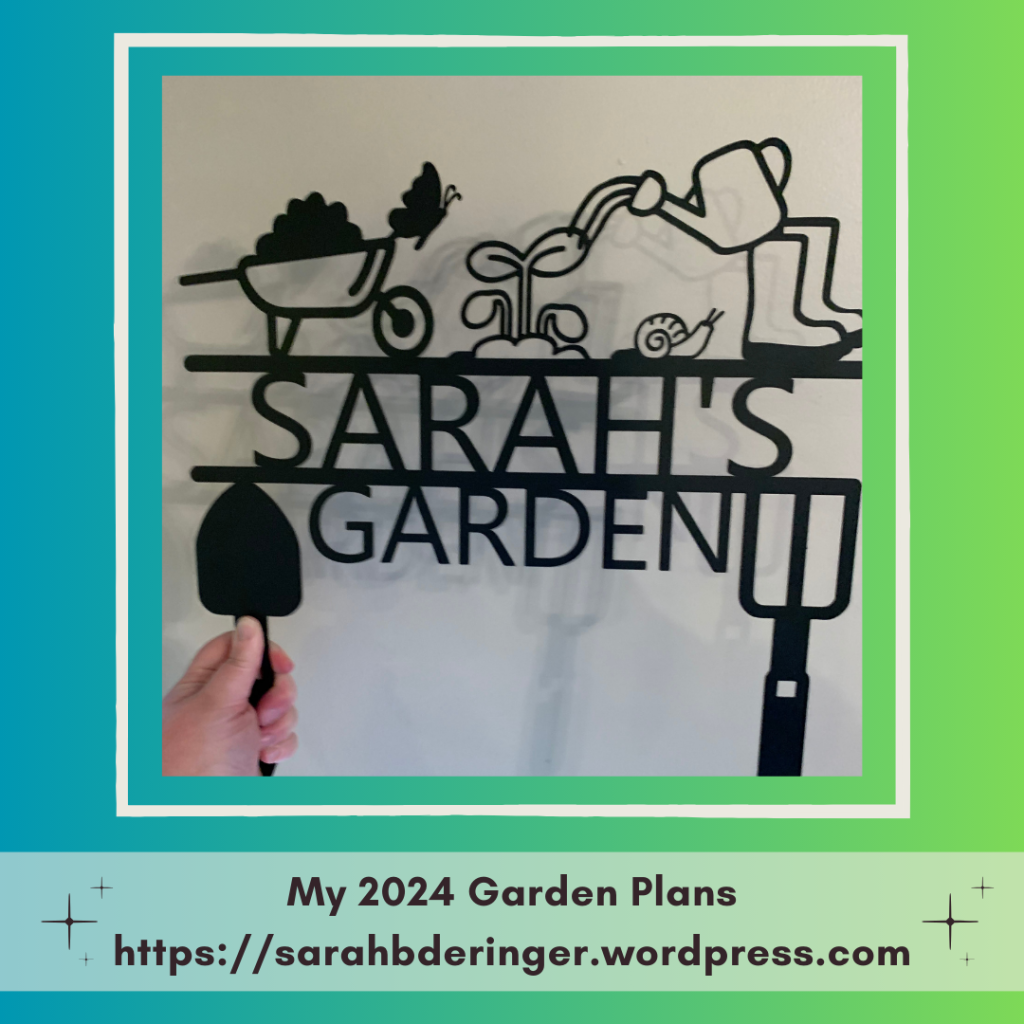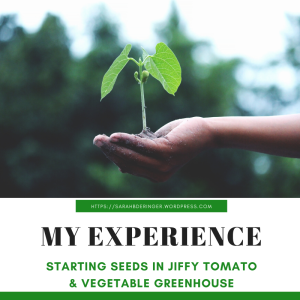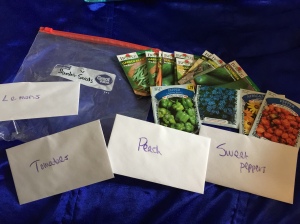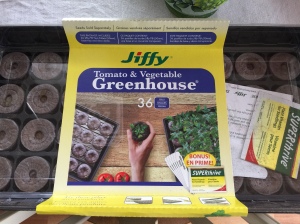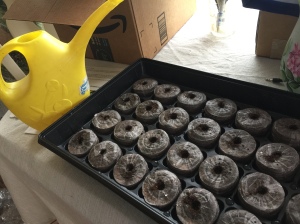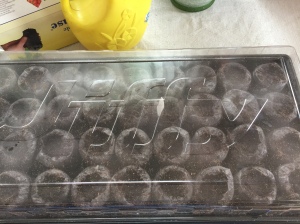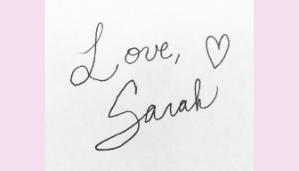
If you have ever dreamed of growing a garden, it can be a daunting task. However, there are many resources that can help you plan and grow and a garden, whether it is a container garden or a whole field of fruit, vegetables, flowers, and more. Today, I plan to share a plethora of good Spring gardening resources that can help you in growing your gardening skills.
Websites
- Proven Winners
- Better Homes and Gardens
- Martha Stewart
- Southern Living Plants
- The Homestead Challenge
- The Spruce
- Almanac
- Purdue
- Martha Stewart
- Trend Spot
- The Spruce
- USDA
- Kids Gardening
- Purdue
- Hoosier Gardener
- Purdue – Advice for First Time Gardeners
- Hoosier Gardener – Resources
- The Indy Public Library Seed Library
- Garden Club of Indiana
- IU Spring Gardening Tips
- Marion County Indiana Master Gardeners Association
- Indiana Native Plants
- IU The Green Staffer
- Indiana Grown
- My Indiana Home
- The Indy Public Library Blog
- Save the Dunes
News
Books and Magazines
- Spring Gardening Magazine Issue 32
- Midwest Fruit and Vegetable Gardening
- The Joy of Raised Bed Gardening for Beginners
- All New Square Foot Gardening
- Gardening Know How – The Complete Guide to Vegetable Gardening
- Four Season Food Gardening
- The First Time Gardener – Container Food Gardening
- Illinois, Indiana, and Ohio Month By Month Gardening
- The Vegetable Garden Pest Handbook
- Beginner’s Guide to Growing Fruit Trees Fast and Easy
- Container Gardening The Permaculture Way
- Kitchen Garden Revival
- The First Time Gardener Spring Edition
- The Family Garden Plan
- Bird Friendly Gardening
- Complete Container Herb Gardening
- Indoor Kitchen Gardening
- The Layered Edible Garden
- The Cottage Garden
- Midwest Gardener’s Handbook
- The Elegant and Edible Garden
Starting Seeds Indoors
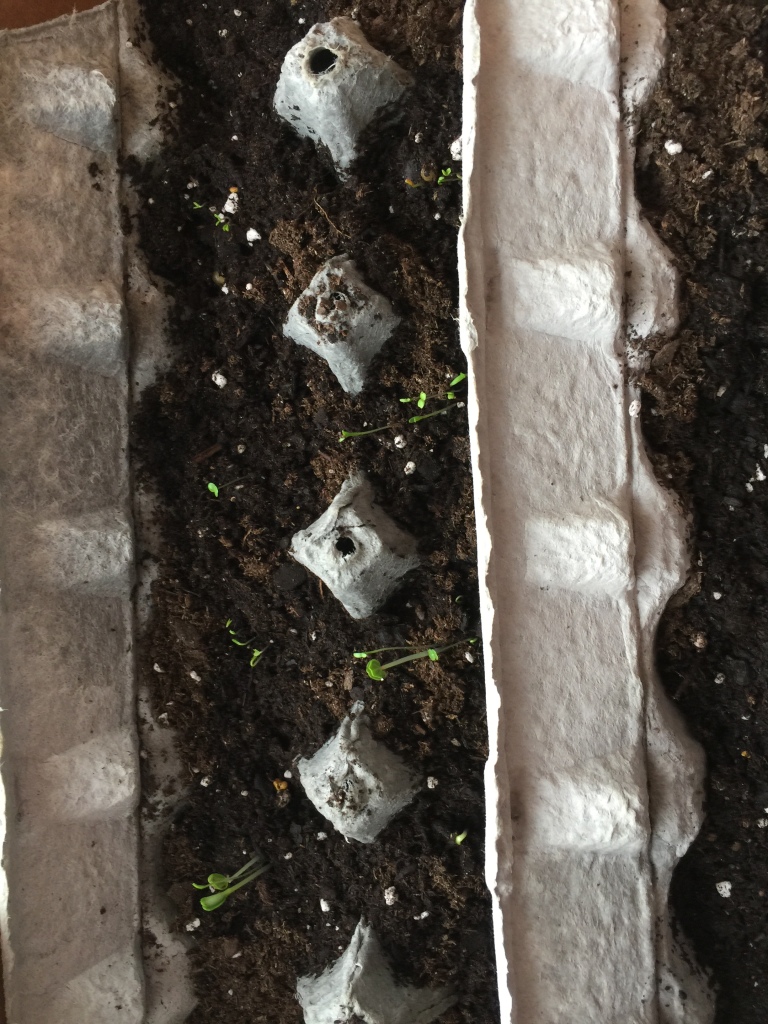
- My Experience Starting Seeds with the Jiffy Tomato & Vegetable Greenhouse: Part 1
- My Experience: Starting Seeds in Cardboard Egg Cartons
Where to Find Free Seeds
- Save seeds from foods you use in the kitchen (tomatoes, peppers, cucumbers, squash).
- Save onion bottoms with the roots from foods you use in the kitchen.
- Host or attend a seed exchange at your local library.
- Free Heirloom Seeds – I have gotten some seeds from this website before.
- Robin Greenfield Seeds for the People
- Everbloom Seeds
- Just Bee
- Step by Step Inc.
- Charlotte Noar
Join in on the conversation!
I always love hearing from my readers, so feel free to comment on this post. Or start a conversation on X.com/sarahderinger88.
- Are you struggling with knowing where and how to start gardening?
- Do you find yourself wishing you could grow things all year round rather than being stunted by the growing season?
- What are some other resources that you would recommend for learning about gardening year-round?
- What are some other resources that you would recommend for beginning gardening or spring gardening?
- Where else do you know of that you can get free seeds?
